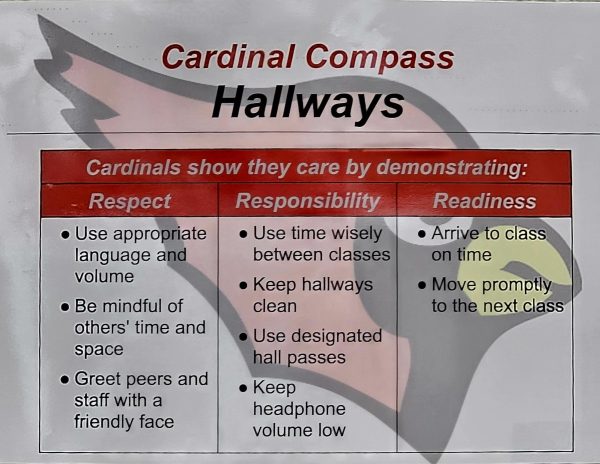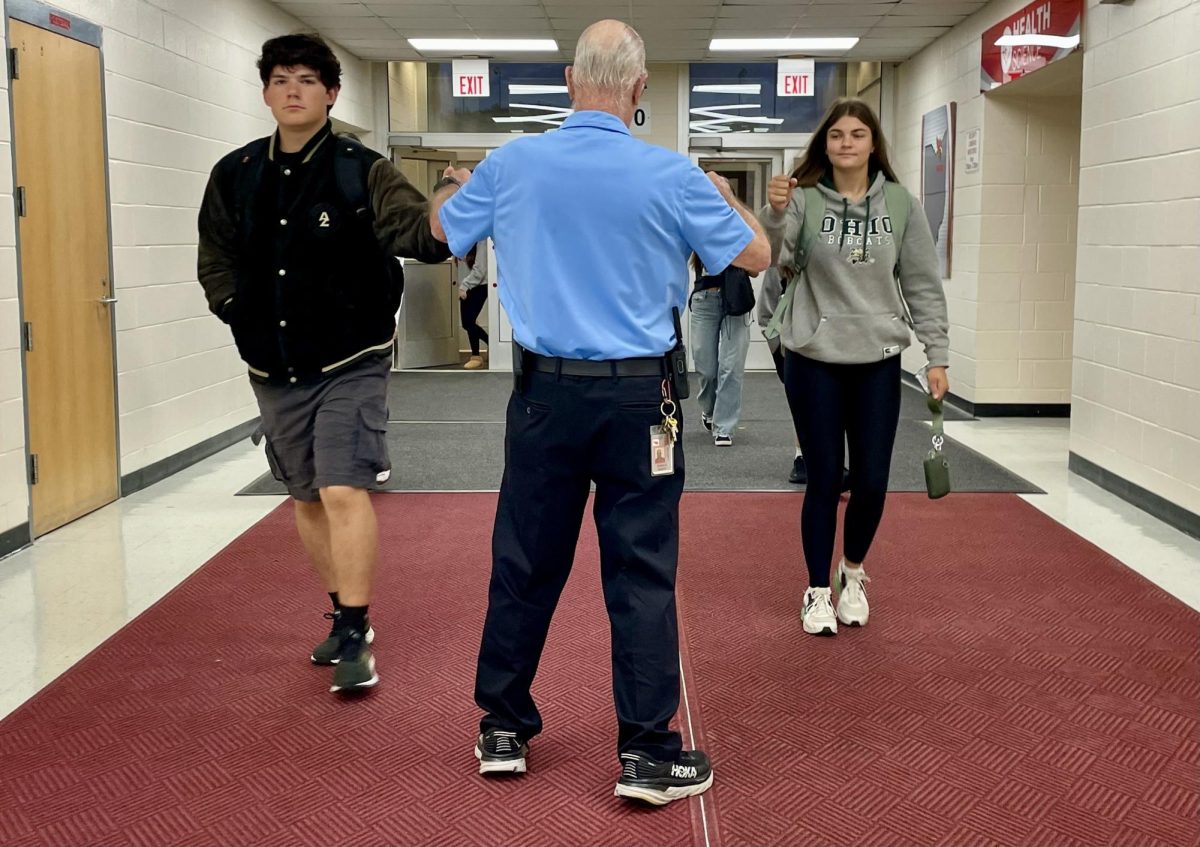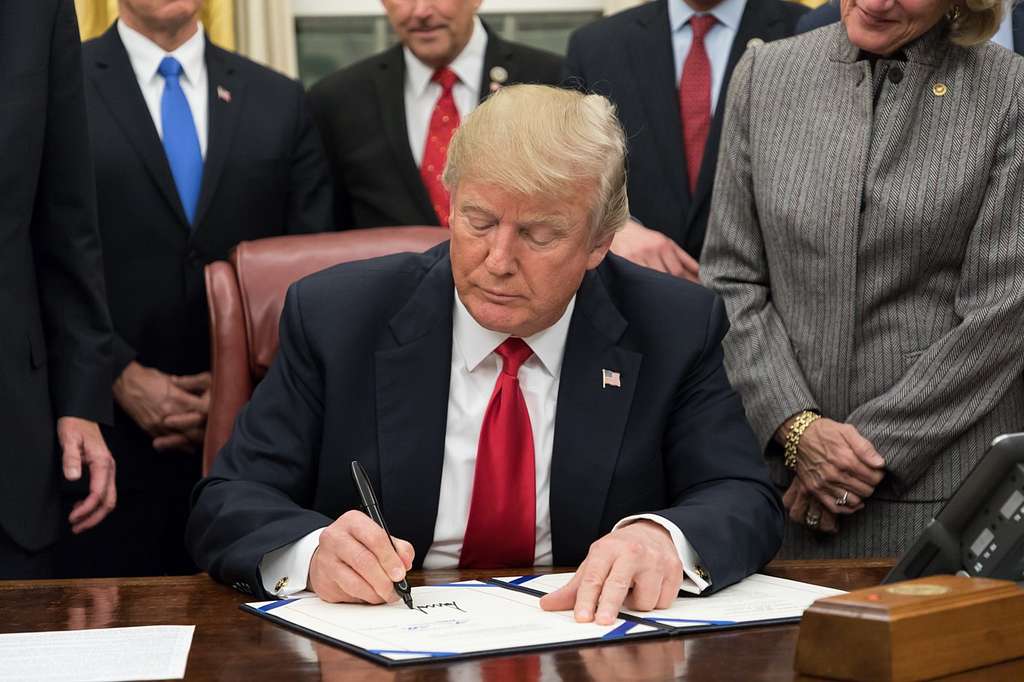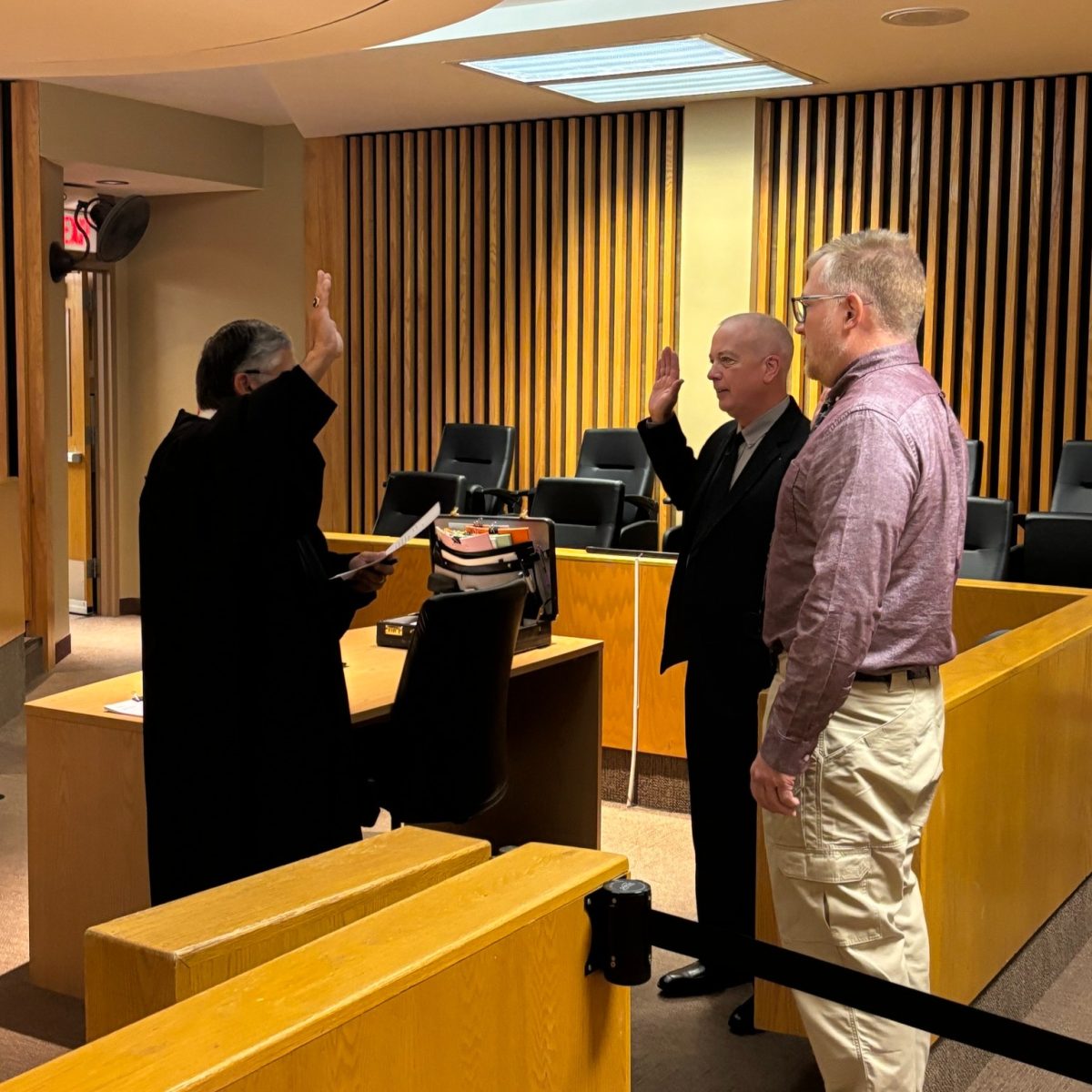Before summer 2025, Governor Mike DeWine signed off on Bill 250. However, with the MHS school year starting up, we now have a better idea of what this looks like at Mentor. So let’s dive into everything there is to know about this change.
What is Bill 250?

This bill states that all Ohio schools must create a policy to limit student cell phone usage. Specifically, the bill states, “Every K-12 public school district and community school [is] to establish a policy for student cell phone use during school hours, with the aim of limiting usage and reducing classroom distractions” (Ohio Department of Education, 2024). The bill was written to give schools flexibility, as schools, like Mentor, have students who need their phones throughout the day for medical reasons. Additionally, this allows districts to be stricter or looser as they see fit. For instance, at Mentor phones are still allowed during lunches, and you may keep them in your bags; however, at Cincinnati public schools students are required to use Yondr pouches, which lock the phone away during the school day.
Why did this bill come about?
While it is never certain, it would seem the governor is concerned about how student distraction is impacting grades and student relationships. The governor on governor.ohio.gov reportedly said, “Our school children currently face countless distractions every day from the devices in their pockets…By limiting these distractions, we will reestablish the opportunity for students across Ohio to immerse themselves in their classwork, learn from their teachers, and create lifelong memories with their closest friends.” For more insight, we reached out to a handful of students to see if they think the new policy has allowed them to be more immersed in the class and create tighter bonds with teachers and peers.

Cardinal Nation: Do you feel like the new cell phone policy at MHS allows you to grow closer to your teachers and peers?
Diya Patel: I feel like I’m getting to know my classmates better as they are not on their phones.
Cardinal Nation: Do you feel the policy keeps yourself and others more engaged and focused on learning?
Diya Patel: I feel that my classmates are more engaged with what we are learning in class, and teachers are trying to get us more involved with each other and the material being taught.
Cardinal Nation:How has this policy changed your learning experience?
Bella Wargo: I think there is no difference; however, it has made projects more difficult in various instances.
Cardinal Nation: How does this new policy affect your mental focus?
Anonymous Student: It does not help at all; I don’t talk too much to my teachers, and the policy has given me stress because I can no longer calm down with music.
Cardinal Nation: Does the new policy make you feel more comfortable in the school environment?
Ella O’Donnell: It just sort of makes it feel like I’m being watched. For instance, it makes some of my assignments more difficult not having access to it, and instead of worrying about my work and focus, I’m worrying about the logistics to get around it. It gives me one more thing to worry about and makes me nervous that I’ll, by accident, habitually check the time and get in trouble.
How do I make sure I’m following the rules correctly at Mentor?
First and foremost, do what teachers have been saying for many years now: put your phone on silent and keep it out of sight and out of mind by storing it in your bag or locker. Now if you wish to check your cell phone, you may do so during the 4-minute breaks between classes (so long as you only have one earbud in) or during your lunch and free mods. It should also go without saying that phones haven’t been and won’t be permitted during testing. Additionally, smartwatches, earbuds, and inappropriate Chromebook usage are included in this new rule. Meaning you should not have earbuds in your ears while you sit in class (even if they aren’t playing any music), play games on your computer, or pretend to check the time on your smartwatch so you can text.
With all this in mind, it is important that we as a group of students oblige to the rules because if it’s found that the current rules still aren’t working, the rules could in turn become stricter due to the flexibility of Bill 250.
How are cell phone laws developing elsewhere?
Mentor, Ohio, is just one of the many cities across the country that are modifying their district policies to comply with new state standards.
New York

Beginning this school year, 17 states gained new restrictions regarding cell phones in their classrooms, joining a total of 35 states with set policies. In New York, Governor Kathy Hochul signed the Distraction-Free Schools Law this past August, which mandates a “bell-to-bell” ban on smartphones, smartwatches, and tablets in K–12 public schools—something that’s familiar to the “no cell bell-to-bell” policy that was first enforced in Mentor in the 2024-25 school year. Beginning this year, districts in New York were required to publish their policies—complete with emergency contact information—by the beginning of August. New York schools are even being nudged (with about $13 million in state funding) to support enforcement.
Texas, Louisiana, Wyoming, and Michigan
In Texas and Louisiana, the approach is stricter: devices must be turned off and stored away for the entire day, with little wiggle room for use outside of emergencies. Other states, like our Ohio, have taken a path that leaves room for flexibility, requiring school boards to adopt their own policies. Of course, not everyone is eager to lock away devices. Some states, like Wyoming and Michigan, have resisted statewide bans, preferring to leave decisions up to local school boards.
The push for restrictions isn’t just about grades. Many lawmakers and educators cite mental health concerns, pointing to studies linking heavy social media use with higher levels of anxiety and depression.

“I actually appreciate the efforts to an extent because they are increasing face-to-face interactions in my school,” a senior at Coppell High School in Texas tells Cardinal Nation. “I just feel the policy was a little harsh in the sense that you cannot use your device in passing period [or] during lunch, which somewhat irks me, but overall I’m kind of pleased that they care about our cellular usage and our mental health…I think the policies are actually becoming useful, just because before you would see a lot of students being literal phone addicts.”
Though, it seems there’s a mixed sentiment on whether or not the new phone policies are effective in achieving their goals.
“I don’t believe the way the school handles cell phone policies has made any improvement in my grades or mental health,” a student from Piedmont High School, California, says. “Historically high-performing students have already managed to achieve such success in class with the distraction of cell phones and will continue to do so irrespective of the access allowed by the school.”
At Piedmont, students are required to place their phones in pockets in the doorway before class, cannot use their phones during free periods, and are banned from Bluetooth devices such as AirPods (while allowing plug-in earbuds)—a policy that was looser prior to this year’s change.
A common concern of students, however, is that the decision makers on these policies often have not sat in a high school classroom with technologies of the modern era at their fingertips. For many students, phones are an extension of safety; a way to contact loved ones in case of emergencies, or a means of finding a ride home. For others, it is an extension of their academic lives—an extra tool to use while studying or a place to find music to calm themselves, shut out outside distractions, and lock in to work.
“[The voting board for our policy change] was primarily comprised of parents of incoming freshmen who worried that their children would not be focused in 9th grade,” the Piedmont student continues. “… [and] we are not allowed to connect AirPods to our school-issued Chromebooks, but we are allowed to connect wired earbuds to our Chromebooks, which makes me confused as to what goal the school board is trying to accomplish at all.”
Regardless, the debate over phones in schools isn’t just an American phenomenon. Around the world, countries have been grappling with the same question: Do phones belong in classrooms at all?
France and the UK

France was one of the earliest nations to crack down on phones, passing a law in 2018 that banned smartphones in all primary and middle schools, which is being tightened in 2025. Students are not allowed to use their phones during breaks as well, the decision being framed as a way to promote social interaction and reduce cyberbullying. The United Kingdom has recently taken a similar stance. In 2024, the government announced guidance urging schools to ban phones throughout the school day, arguing that the devices disrupt learning and harm mental health. While many British schools had already implemented such policies on their own, the national guidance gave the effort added weight.
Asia
In Asia, the approach varies widely. China, for example, banned cell phones in primary and middle schools in 2021, citing concerns about screen addiction and declining physical health. By contrast, countries like Japan, with a more moderate approach, allow phones in schools but often require them to be switched off and kept in lockers during class—and one town has even suggested a two-hour limit.
Conclusion
Taken together, these international policies suggest that the struggle with student phone use isn’t unique to the United States. Whether here in Ohio or thousands of miles away, educators and lawmakers are facing the same balancing act: deciding how to prepare students for a digital future while keeping them present in the classroom.





















